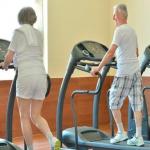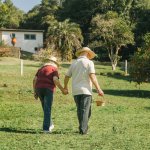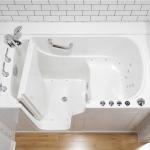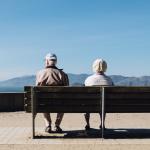How to prevent trips and falls in the elderly
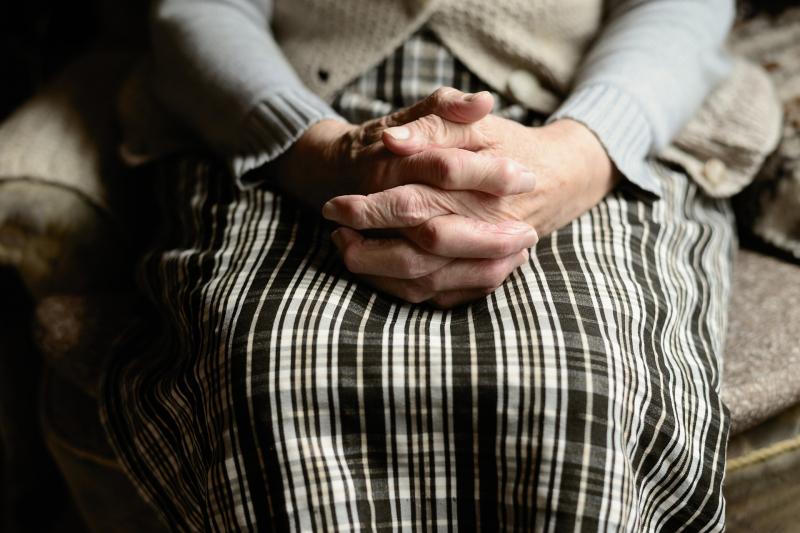
Trips and falls in the elderly population are some of the biggest events that can cause death. According to Taking Care a company that provides products to help with trips and falls, over 30% of people aged 55+ will have a fall this year.
Unfortunately, these falls will kill those who experience them. But some things can be done to prevent trips and falls in the first place.
In this blog post, we will take a look at how you can prevent trips and falls at home and hopefully by the end of this post you will have a better idea of the main dangers that are in the home.
1) Remove any loose flooring
Loose flooring such as ill-fitted carpets and loose rugs can cause trips and falls not just among the elderly but for everyone within the home environment. If you have any loose-fitting flooring you should replace them immediately.
Uneven floors and slippery floors can also have the same effect so if you do have an uneven floor you should get a builder in to fix it. With slippery surfaces, you should either replace them or wipe them down as soon as you notice they become wet.
2) Install grab rails
Grab rails are a great way of providing support to the elderly while not costing the world either. You can install grab rails in the bathroom, on the stairs and anywhere else you need to have a little extra support.
Grab rails are cheap and will make a huge difference in minimising your chance of having a nasty trip or fall.
3) Remove clutter
Clutter in the home is one of the leading causes of trips and falls. As you get older your eyesight will get worse and you may not see an item on the floor. If you don't have clutter in your home this won't happen so the best way is to not overfill your home with items you don't need.
If you already have too much furniture, clothes or anything else that can fall on the floor and cause you to trip over it you should consider selling it or putting it into self-storage. Either way will minimise the clutter in your home and make you safer and less likely to trip in your home.
4) Improve mobility
As we get older not only does our eyesight get worse but our muscles also get weaker. This is often from underusing them so any exercise you can do now and while you age will help with keeping your muscles stronger.
As an older person, you don't have to be lifting weights and running marathons to keep fit, instead gentle walks and doing everyday things such as shopping can keep your muscles from getting smaller.
A fitness tracker is a great tool for an older person as it shows how active you have been that week and it can also tell you the number of steps you have completed and so on. If you can see you aren't hitting your daily step count it can give you the motivation to keep going. Any exercise you can do will help you live a happier and healthier life.
5) Fall detectors and alarms
With all of the above tips unfortunately some of the elderly population will still fall victim to a nasty fall. In the event of a fall, you will want to make sure that you have an emergency plan in place.
A fall can be distressing to an elderly person so having a plan that's simple to follow can help. Some elderly people choose to carry around with them a mobile phone with their emergency contacts in, but this isn't the ideal solution in the event of a trip or fall because often you are disorientated and confused.
The best way to protect yourself when you trip or fall is to use a fall detector or fall alarm. These alarms can be worn around your neck or they can be installed in your home so when you do fall you only have to press a button and you will be connected to an agent right away.
An agent can then phone the police as well as contact your family so that they know an incident has taken place and they can get to you as soon as possible.
There are many types of fall alarms and personal alarms available on the market so doing some research first is highly recommended.
More to Read:
Previous Posts:
Next Posts:

